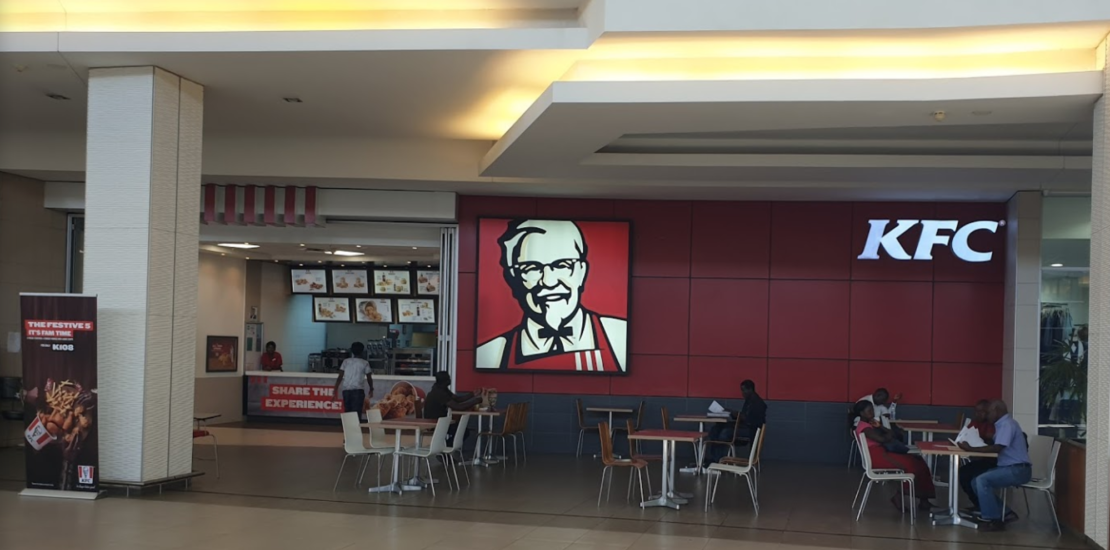- 15/04/2020
- Posted by: Julien Garcier
- Categories: Articles, Foodservice, Sagaci Insights

According to Sagaci Research’s “KFC Index” for the first quarter of 2020, which is based on data collected during late March, just two African currencies are currently overvalued vis-à-vis the US dollar (the same number as three months earlier): The CFA franc in Gabon and Côte d’Ivoire (CIV) and the Zimbabwean dollar. The remaining 18 currencies are all undervalued (including the CFA franc in Senegal, which was overvalued in Q4), with 13 of them undervalued by more than 20%.
This quarterly index utilises the prices of KFC chicken buckets in different countries to estimate US dollar exchange rates for 21 African currencies. These “implied” rates are then compared with the actual market exchange rate to get a sense of whether a given currency is overvalued or undervalued against the greenback.
[visualizer id=”9830″]
Note: Q4 2019 data was unavailable for Eswatini
Two-thirds of currencies weakened during the quarter
The impact of Covid-19 can clearly be seen in the fact that 14 of the 21 countries covered by KFC Index saw their level of currency overvaluation vis-à-vis the US dollar decrease (or their level of undervaluation increase) between Q4 2019 and Q1 2020. Three countries (Morocco, South Africa, and Lesotho) saw their level of undervaluation rise by more than ten percentage points.
Southern African currencies the most undervalued
Alongside the currencies of Eswatini, Lesotho, and Zambia (the lilangeni, loti, and kwacha, respectively), the South African rand remains the most undervalued currency in Africa, according to the index. Its level of undervaluation increased from 51% to 63% between Q4 2019 and Q1 2020, reflecting a sharp deterioration in the USD-dominated value of the rand due to worries about the spread of Covid-19 in South Africa (it currently has more diagnosed cases of Covid-19 than any other African country and is under lockdown).
[visualizer id=”9832″]
Full impact of Covid-19 yet to be seen
Data for this edition of the KFC index were collected during late March, just as restaurants across the continent were beginning to shut down as Covid-19 containment measures came into force. With the USD-denominated value of many African currencies now under significant downward pressure, the rate of consumer price inflation in these countries is likely to accelerate during the coming months.
This will engender two opposing forces that will begin to play out in the next edition (Q2 2020) of the index – a decline in the USD-value of LCUs and an increase in KFC pricing. The former will act to increase a given currency’s undervaluation (or reduce its overvaluation), while the latter will decrease it (or increase its overvaluation).
To download Sagaci Research’s FREE report on Q2 2020 KFC Index, click here
About the KFC Index:
KFC is by far the largest fast-food chain in Africa, with more than 1,250 franchised outlets across 23 countries, with Senegal and Sudan joining the list in 2019. In contrast, McDonald’s restaurants are only to be found in three African countries.
The first KFC on the continent opened its doors in Johannesburg in 1971, and there are now more KFC restaurants in South Africa (914) than in the UK (853). Egypt followed two years later, and that country now has 154 KFC outlets across 29 cities.
During the past decade, KFC has opened its doors in no less than 15 markets in sub-Saharan Africa, with this region now hosting almost 200 of its restaurants. As a result, KFC’s best-known menu item, the chicken bucket, is the ideal benchmark for assessing the exchange rates of African currencies.
The KFC Index is based on price data collected by Sagaci Research field agents, who visited KFC restaurants in 20 countries during March 2020. The implied USD FX rate of a given currency is calculated by dividing the price of a bucket of KFC chicken in the local currency unit (LCU) by the price of the same product in the US.
If the implied FX rate is greater than the market FX rate, then it can be said that the local currency is undervalued vis-à-vis the US dollar. Conversely, if the implied FX rate is less than the market FX rate, then the local currency is overvalued in relation to the greenback.
To take the example of South Africa, the implied FX rate (ZAR price of a KFC chicken bucket/USD price) of 7.0 is significantly less than the actual ZAR-USD FX rate of 18.7. This implies that the South African rand is 62.6% undervalued vis-à-vis the US dollar. Conversely, in Gabon, the implied FX rate of 646 is greater than the actual FCFA-USD FX rate of 607, implying that the CFA franc is 6.4% overvalued vis-à-vis the greenback in that country.
If a country’s currency is overvalued, this implies that it is cheaper to buy KFC chicken in the US than domestically. In this context, it is unsurprising that most African currencies are undervalued vis-à-vis the dollar.
It should be noted that there are a host of factors that determine the pricing of KFC chicken in different markets beyond FX rates. These include the purchasing power of local consumers, price elasticity of demand (the responsiveness of demand to changes in price), regulation, taxation, and input costs – most notably wage rates and the price of chicken. As a result, the KFC Index’s estimates of the overvaluation or undervaluation of various currencies are purely notional.
Appendix: KFC Index for Q1 2020
| Country | Actual USD FX | Implied USD FX | % Overvalued |
| Gabon | 607 | 646 | 6.4 |
| Côte d’Ivoire | 606 | 626 | 3.4 |
| Zimbabwe | 25.0 | 25.8 | 3.1 |
| Senegal | 607 | 600 | -1.3 |
| Nigeria | 368 | 344 | -6.4 |
| Kenya | 106 | 99.2 | -6.6 |
| Tunisia | 2.9 | 2.7 | -6.7 |
| Sudan | 55.3 | 46.0 | -16.7 |
| Morocco | 10.3 | 8.0 | -22.0 |
| Angola | 550 | 423 | -23.2 |
| Uganda | 3,765 | 2,867 | -23.9 |
| Mozambique | 66.9 | 49.9 | -25.4 |
| Tanzania | 2,314 | 1,526 | -34.0 |
| Ghana | 5.8 | 3.7 | -35.9 |
| Mauritius | 39.7 | 25.2 | -36.6 |
| Botswana | 12.3 | 7.3 | -40.3 |
| Egypt | 15.7 | 8.5 | -46.3 |
| Eswatini | 19.0 | 7.4 | -61.1 |
| Zambia | 18.9 | 7.1 | -62.6 |
| South Africa | 18.7 | 7.0 | -62.6 |
| Lesotho | 18.9 | 7.0 | -62.8 |



